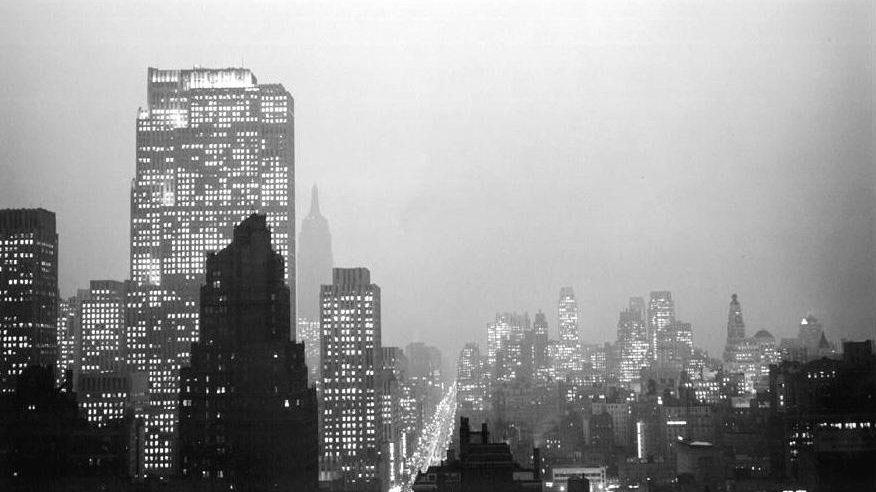Rodrigo’s “Concierto de Aranjuez” for Guitar and Orchestra: Spanish Breezes
Joaquín Rodrigo’s Concierto de Aranjuez emerges from a mythic Spanish landscape. Written in 1939 in the wake of the Spanish Civil War, the Concerto conjures up ghosts from the past. At moments we can hear vague echoes of the vihuela, the 15th century predecessor of the guitar. The title pays homage to the Baroque gardens of the Palacio Real de Aranjuez south of Madrid, which served as the historic spring residence of the Spanish royal family. In …







